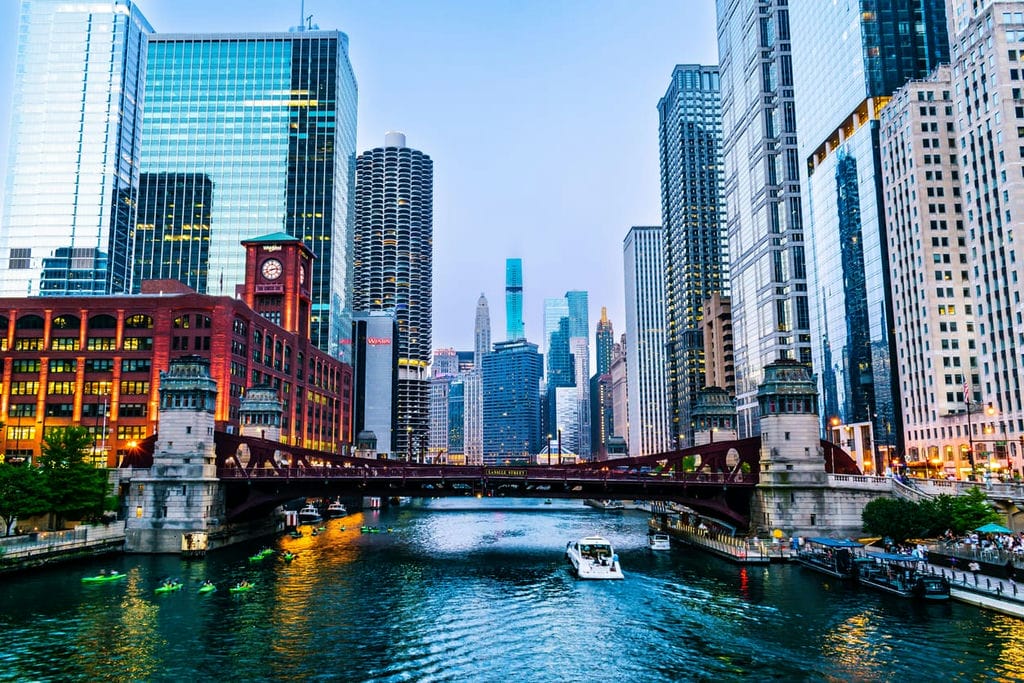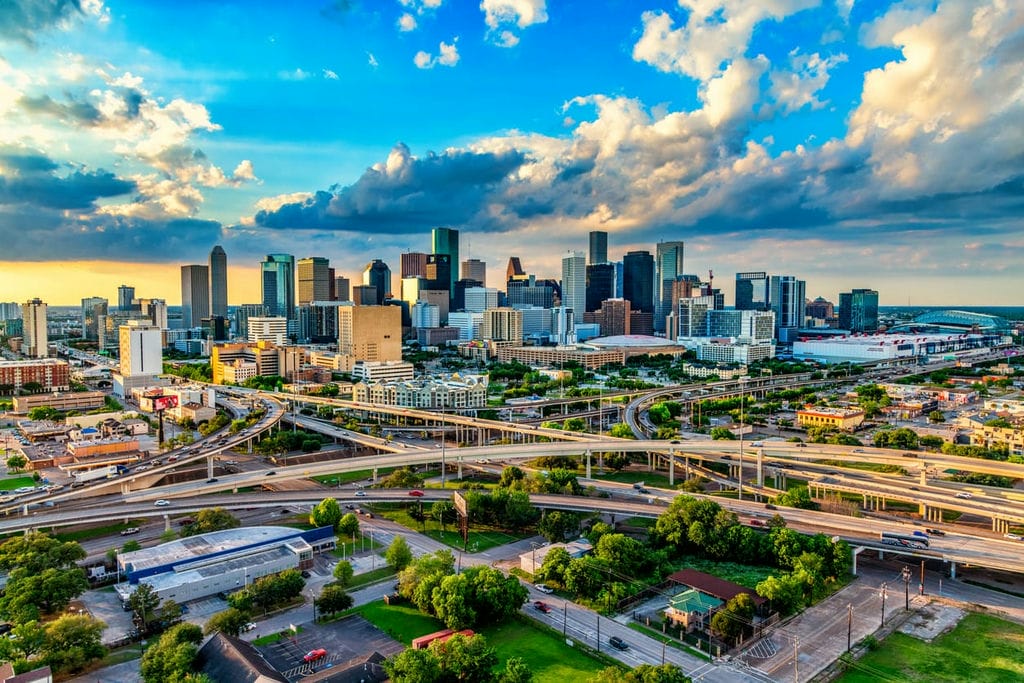Shipping from the State of Illinois to Texas
Chicago, located on Lake Michigan, and connected to the eastern ports via the Erie Canal became a booming metropolis, and even the fire of 1871 could not stunt its growth. In the second half of the 19th century, the great need for workers in the mills, rail yards, and slaughterhouses made Chicago a popular destination for immigrants and freed blacks. During Prohibition Chicago became synonymous with bootleg liquor and gangsters like Al Capone.
After the American Revolution against the British, Illinois became a territory of the United States and achieved statehood in 1818.
Illinois has been noted as a microcosm of the entire United States. With Chicago in northeastern Illinois, small industrial cities and immense agricultural productivity in the north and center of the state, and natural resources such as coal, timber, and petroleum in the south, Illinois has a diverse economic base and is a major transportation hub. Chicagoland, Chicago’s metropolitan area, encompasses over 65% of the state’s population.

Illinois shares its eastern border with Indiana, Lake Michigan to the north, to the Wabash River in the south above Post Vincennes. Most of the western border with Missouri and Iowa is the Mississippi River; Kaskaskia is an exclave of Illinois, lying west of the Mississippi and reachable only from Missouri. The state has a northern border with Wisconsin. The northeastern border of Illinois lies in Lake Michigan, within which Illinois shares a water boundary with the state of Michigan, as well as Wisconsin and Indiana. The state capital is Springfield.
Illinois took the nickname Prairie State; Land of Lincoln. The state tree is the White Oak and the state flower is the violet. And the state motto is State Sovereignty, National Union.
Shipping to the State of Illinois to Texas
Spanish missionaries were the earliest European settlers in Texas, founding San Antonio in 1718. Hostile natives and isolation from additional Spanish colonies kept Texas sparsely occupied until following the Revolutionary War and the War of Mexican self-government when the newly established Mexican government began to allow settlers from the U.S. to claim land there. This led to an inhabitant explosion, but dramatically abridged the percentage of the population with Mexican heritage, causing friction with the government in Mexico City.

After some smaller insurrections, the Texas Revolution broke out, and the state became an independent nation in 1836. However, the newly formed Texas Republic was not capable to defend itself from further incursions by Mexican troops and eventually negotiated with the U.S. to join the union in 1845.
